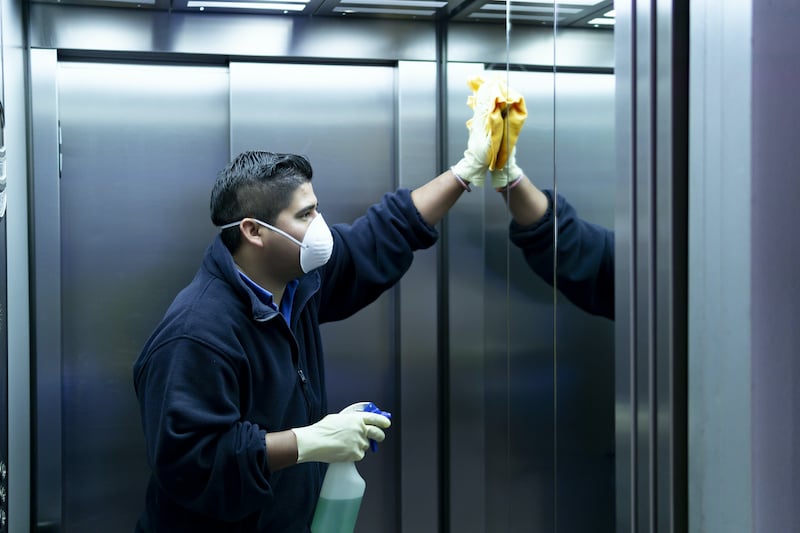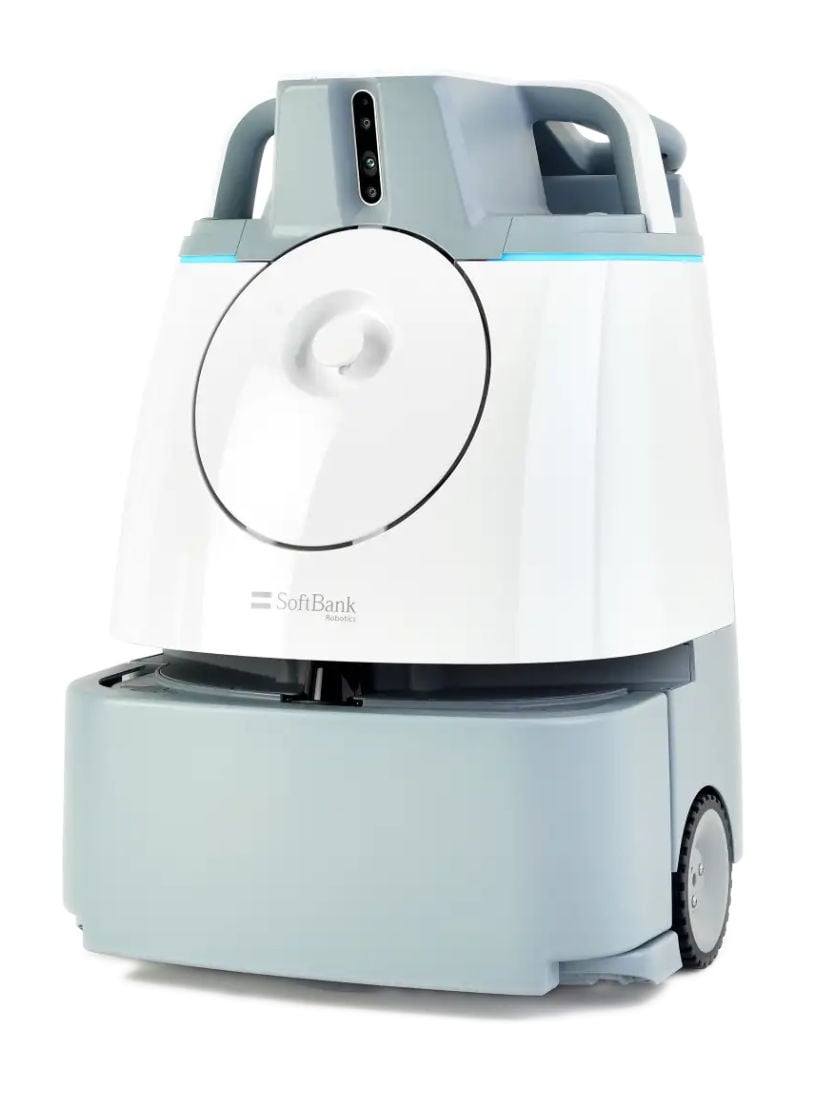As businesses take steps to reopen after COVID-19 shutdowns, there is a heightened focus on the need for labor-intensive deep cleaning. “We’re asking more of our janitorial partners,” Anna Levine, North American general manager for shared workspace firm Industrious, recently told Fortune.
Levine is hardly alone in this request. In fact, Marketdata projects that after a brief dip in cleaning sales in 2020 due to COVID-19 shutdowns, the cleaning industry will see a 7.4% gain in 2021, with 5.4% annual gains through 2025.
For many cleaners, however, the coming cleaning industry boom comes at a steep price. Cleaning companies and facilities management departments moving to meet new demand without first evaluating their existing processes risk driving up traditionally dismal rates of employee retention among cleaning staff. As demand for cleaning grows, so too does the risk of overburdening staff and driving up employee turnover.
Before ramping up your cleaning activities, it’s important to ensure you’re balancing demand with measures to support staff efficiency. Consider adding the following six staff efficiency measures to your workflow to better support cleaning staff and clients.
1. Increase your training
The first step toward boosting staff efficiency is to provide ongoing training. Educating staff on the most efficient approaches to clean a facility once doesn’t prevent people from falling back into habits that are most comfortable to them. Training becomes even more important in today’s world of new expectations for deep cleaning and the new tools and disinfectants for achieving this expected level of clean. Consider trying regular site visits, training for team leaders who can disseminate information, hosting monthly sessions on specific topics, or scheduling breakfast meetings where cleaners are incentivized to discuss best practices and ask questions.
2. Know your pain points
Do you know what’s wearing out your workers? Are they burnt out from exhausting floor care routines or interacting with customers? Or maybe high rates of turnover are dampening overall levels of employee morale? You don’t know until you ask — but once you ask, you’ll identify areas where improvement is needed. Consider anonymous suggestions to help cleaners open up about their frustrations. This is critical because by ensuring you have the right person on each task and the right tools to support them, you’ll find cleaning becomes more efficient.
3. Open communication channels
Do you know about clients’ concerns before they cancel a contract? Are you aware of which employees are considering walking out the door? How about redundancies; do employees know their areas of responsibility or are there overlaps? Maintaining clear communication with employees and clients is critical for reducing wasted time and effort as well as eliminating potential problems. Communication strategies might include daily huddles with cleaning staff or team leaders and establishing a clear point of contact for your clients over email, phone, or through occasional face-to-face meetings to keep relationships strong.
4. Supply the right tools
Providing your team with the appropriate chemicals, personal protective equipment, towels and other supplies needed is another important step for ensuring staff efficiency. This requires keeping an eye on inventory levels as well as minimizing the number of chemicals used to simplify processes. Assess equipment and provide any needed maintenance on a regular basis to ensure tools are in good shape to perform required tasks.
5. Automate where possible
Automated cleaning technologies such as autonomous robotic sweepers can complete the mundane tasks of vacuuming to free up staff for more critical activities like disinfection. Automated robotic sweepers like Whiz by SoftBank Robotics can clean up to 30,000 square feet per shift, significantly boosting cleaning staff efficiency.
6. Plan, prioritize and reevaluate regularly
Start new projects by mapping out a strategy for accomplishing requested tasks as efficiently as possible. Create a thorough checklist, set daily and weekly priorities with your team and your client, and keep the channels of communication open with clients in the event that you need to reevaluate or respond flexibly to an unexpected situation.
Make a plan to work more efficiently
There is a world of possibility ahead for commercial cleaning companies that are willing to put in some time planning how best to meet demand. Ultimately, an initial upfront investment can pay off tremendous dividends in supporting long-term staff efficiency.
In many cases, this investment doesn’t have to break the bank. Some autonomous cleaning solutions like Whiz, the commercial robot vacuum from SoftBank Robotics developed in partnership with Brain OS and ICE Robotics, are available with a subscription model, allowing cleaning company and property owners to pilot the solution in their facilities in a way that is cost-effective.







